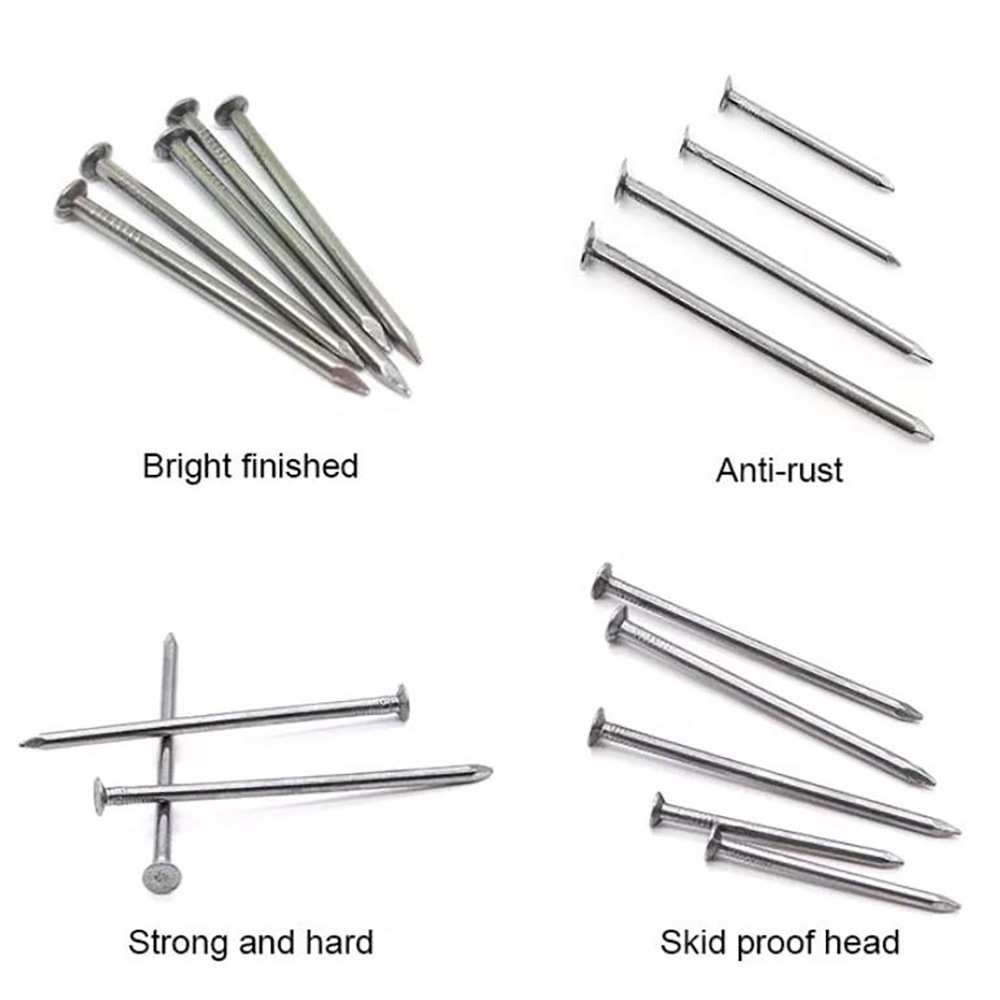Different Varieties and Applications of Metal Mesh in Industry and Design
Exploring Different Types of Metal Mesh
Metal mesh is a versatile material used in various applications ranging from industrial to decorative purposes. Its structure consists of intersecting wires or fibers that create a grid-like pattern, providing strength, durability, and functionality. The types of metal mesh vary significantly based on the material, design, and intended use. In this article, we will explore the different types of metal mesh, their characteristics, and applications.
1. Woven Wire Mesh
Woven wire mesh is one of the most common types of metal mesh. It is created by weaving metal wires together, similar to how fabric is woven. This type of mesh can be made from various metals, including stainless steel, aluminum, and galvanized steel. - Characteristics Woven wire mesh is known for its strength and versatility. It can be produced in various mesh sizes and wire diameters, allowing for customization based on specific needs. - Applications This type of mesh is widely used in filtration systems, industrial screens, and architectural applications, such as railings and facades.
2
. Expanded Metal MeshExpanded metal mesh is produced by cutting and stretching a solid sheet of metal to create an open mesh pattern. This process results in diamond-shaped openings, which provide excellent strength and rigidity. - Characteristics Expanded metal is robust and can be made from materials like steel, aluminum, and stainless steel. It is lightweight and can be coated for added corrosion resistance. - Applications Commonly used in construction, architectural features, and security applications, expanded metal mesh is ideal for making grates, walkways, and fencing.
3. Perforated Metal Mesh
types of metal mesh

Perforated metal mesh is created by punching holes through a flat sheet of metal. The holes can vary in shape, size, and pattern, offering a wide range of customization options. - Characteristics This mesh combines functionality with aesthetic appeal, allowing for airflow, light transmission, and sound absorption. It is available in various metals, including mild steel, stainless steel, and aluminum. - Applications Perforated metal is often used in acoustical panels, facades, and screens. It is also utilized in the food and beverage industry for equipment and processing.
4. Knitted Wire Mesh
Knitted wire mesh is produced by intertwining wires, creating a flexible and durable mesh. This type of mesh can be made from various wire materials, including stainless steel and nylon-coated wire. - Characteristics The knitting process results in a lightweight and adaptable product, often featuring a softer texture compared to woven or expanded metal. - Applications Knitted wire mesh is commonly used in filters, screens, and as a protective barrier in industrial applications. It is also popular in the automotive and aerospace industries due to its lightweight properties.
5. Chain Link Mesh
Chain link mesh is made from interlocking steel wires, forming a diamond pattern. It is one of the most recognized types of fencing material, known for its durability and strength. - Characteristics Chain link fencing is versatile, available in various heights and gauges, making it suitable for a wide array of security needs. It can be coated with PVC or galvanized for added weather resistance. - Applications This mesh is primarily used in fencing for residential, commercial, and sports facilities, providing security while allowing visibility.
Conclusion
Metal mesh is a critical material in many industries and applications. Understanding the different types of metal mesh, such as woven wire mesh, expanded metal mesh, perforated metal mesh, knitted wire mesh, and chain link mesh, allows for informed decisions based on specific project requirements. Whether for structural, decorative, or functional purposes, metal mesh continues to be an essential component across various sectors, contributing to innovation and efficiency in design and application. Its adaptability and strength make it an ideal choice for engineers, architects, and designers alike.
-
Space-Saving Chain Fence Hacks Vertical Gardening with Cyclone MeshNewsJul.16,2025
-
Innovations in Iron Nail Wire Production for Modern ConstructionNewsJul.16,2025
-
Creative Uses of Wire Netting Fence in Modern Landscape DesignNewsJul.16,2025
-
Barbed Wire Fence Innovations in Anti-Climb TechnologyNewsJul.16,2025
-
Architectural Uses of Umbrella Nails for Aesthetic Roof DesignsNewsJul.16,2025
-
Architectural Uses of Razor Barbed Wire in Secure Urban DesignNewsJul.16,2025




